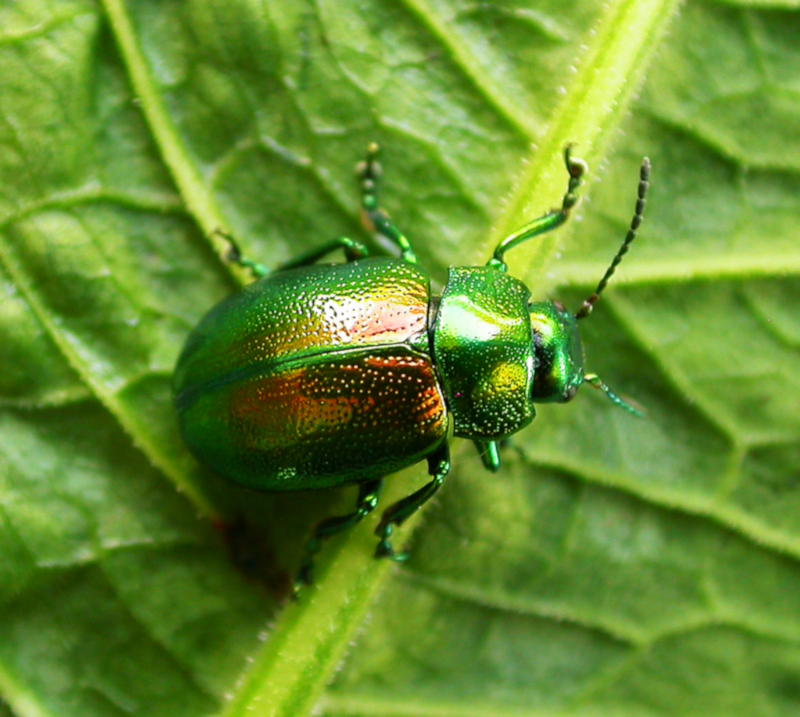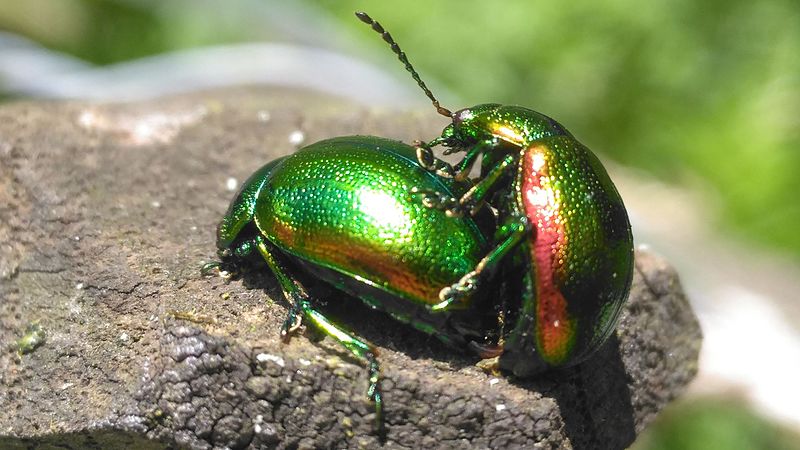Tansy Beetle Facts
- Most notably, the wonderful species with the common name of the Tansy Beetle ranks as an extremely rare insect. Quite sadly, the numbers of this remarkable invertebrate also appear to continue to be dropping at an alarming rate.
- However, recovery efforts have now been put into place by various groups within its native habitat range. These ongoing efforts include regular population surveys, as well as attempts at controlling several invasive species that threaten it.
- First identified in 1758, by Carl Linnaeus, the fascinating creature forms one member of the large genus, Chrysolina. Given the rather lamentable facts pertaining to its numbers, it may soon, if current trends continue, become extinct.
- Because of all these facts, the IUCN quite understandably lists the marvelous species as Endangered. While it faces several threats to its existence, a few stand out. These include habitat loss and climate change, like many species around the world today.
Related Articles
Tansy Beetle Physical Description
Though the Tansy Beetle stays rather diminutive, it nonetheless appears quite beautiful. This interesting species also exhibits a small degree of sexual dimorphism. First of all, the female only attains an average length of 0.3 in (7.6 mm). Meanwhile, the male reaches a length slightly less than the female.
In addition, most individuals primarily appears a bright green in color. However, multiple patterns of the colors red, yellow, and orange display as well. The exoskeleton also displays a bright metallic sheen, further enhancing its distinctiveness.
Furthermore, its wings grow quite small and remain quite underdeveloped, compared to most related species. Therefore, as a result, the Tansy Beetle moves by crawling instead of flying. But, its multi-jointed legs provide it with an excellent grip.
- Kingdom: Animalia
- Phylum: Arthropoda
- Class: Insecta
- Order: Coleoptera
- Family: Chrysomelidae
- Genus: Chrysolina
- Species: C. graminis
Tansy Beetle Distribution, Habitat, and Ecology
Surprisingly enough, the Tansy Beetle actually resides across a rather wide swathe of Europe. Since the middle of the 20th century, however, its numbers have declined rapidly. Consequently, it now only lives in widely scattered small concentrations.
The choice of habitat for this amazing arthropod remains simple, yet simultaneously complicated. That’s because it has a special relationship with a handful of certain plants. This holds particularly true for the tansy plant, thus forming the origin of its common name.
Essentially, however, in the regions it still exists in, it can appear tansy, fen, and water mint, and a few others plants appear. Individuals generally spend their entire lives either on or around an isolated clump of Tansy, or one of the other select plants it prefers.
These plants then serve as both food and shelter, for both the larvae and the adults. These particular plant varieties most commonly appear either in areas of wetland, or beside riverbanks. Usually, adults feed, mate, and lay their eggs entirely on the tops of plants, and then the larvae consume the leaves.
Species Sharing Its Range
Check out our other articles on Sensational Spiders Around the World, Greater Sage Grouse, Mou Waho Island, Tasmanian Devil, Icicle Mushroom, Vietnamese Mossy Frog


